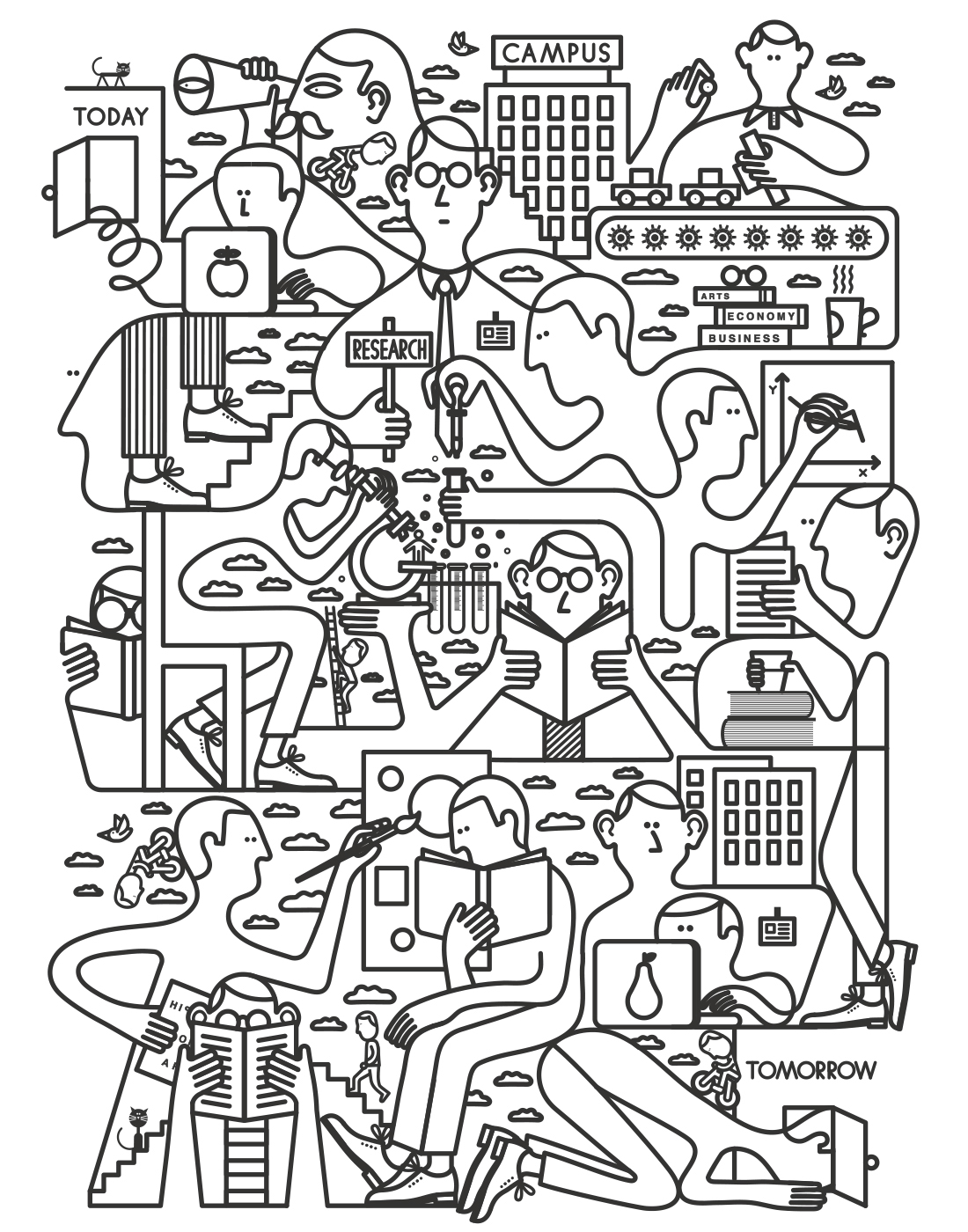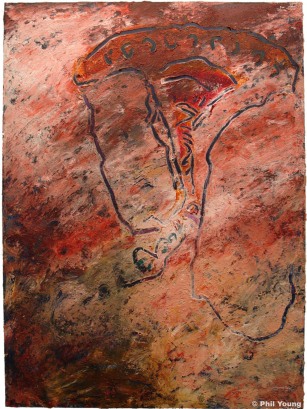Line -
a long, narrow mark or band. "a row of closely spaced dots will look like a continuous line"
- a length of cord, rope, wire, or other material serving a particular purpose. "Lily pegged the washing on the line"
Colour - the property possessed by an object of producing different sensations on the eye as a result of the way it reflects or emits light.
Texture - the feel, appearance, or consistency of a surface or a substance. give (a surface) a rough or raised texture.
Collage - a piece of art made by sticking various different materials such as photographs and pieces of paper or fabric on to a backing. the art of making collages. a collection or combination of various things.
Artist Examples
Line
 |
| Jonathan Calugi |
Shape
 |
| Yiying Lu |
 |
| Danny O'Connor |
Texture
 |
| Phil Young |
 |
| Hannah Hoch |






